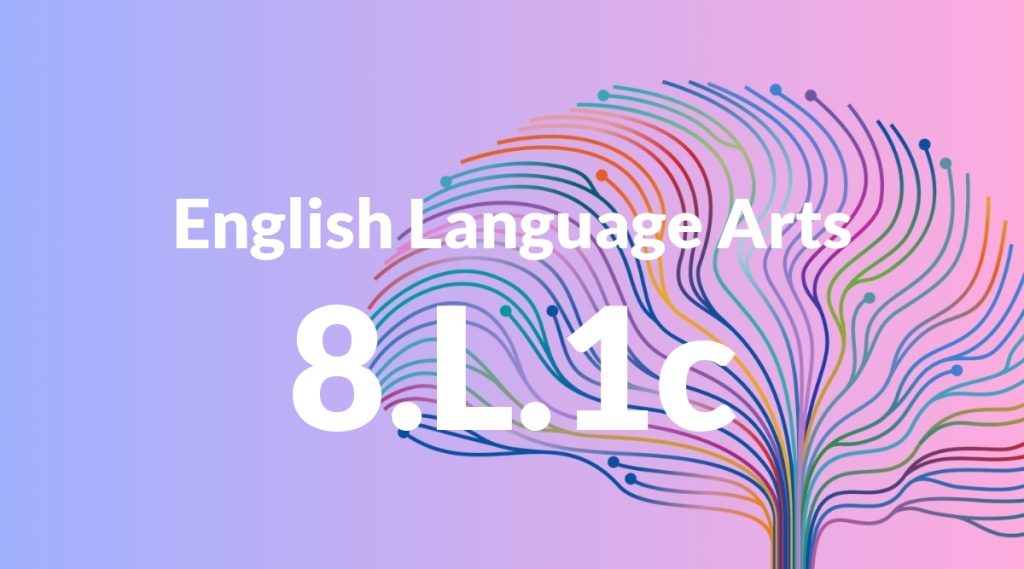Standard: 8.L.1c – Form and use verbs in the indicative, imperative, interrogative, conditional, and subjunctive mood.
Grade level: Grade 8
Subject: English Language Arts
Domain: Language
Teacher Overview
This standard focuses on teaching students how to form and use verbs in various moods, including indicative, imperative, interrogative, conditional, and subjunctive. Understanding these verb moods is crucial for effective communication and writing, as it allows students to express different nuances and intentions in their language. Students should have a foundational understanding of basic verb tenses and sentence structures. They should be comfortable identifying and using simple and compound sentences.
Upon mastering this standard, students will be able to use different verb moods to enhance their writing and speaking. They will be better prepared for high school level English, where more complex sentence structures and nuanced language use are required.
Common Misconception 1
A common misconception is that the conditional mood is the same as the subjunctive mood. This is incorrect because the conditional mood expresses hypothetical situations based on certain conditions, while the subjunctive mood expresses wishes, demands, or suggestions.
Intervention 1
To address this misconception, provide students with side-by-side examples of sentences using conditional and subjunctive moods. Practice exercises that require students to convert sentences from one mood to the other can also be helpful.
Common Misconception 2
Another misconception is that the imperative mood is only used for commands. This is incorrect as the imperative mood can also be used for giving advice, making requests, and offering invitations.
Intervention 2
Use diverse examples to show the different uses of the imperative mood. Role-playing activities where students give advice or make polite requests can reinforce this understanding.
Prerequisite Knowledge
Students should have a basic understanding of verb tenses and the ability to identify and use simple and compound sentences.
Subsequent Knowledge
After mastering this standard, students will be able to analyze and use more complex sentence structures and verb forms in their writing and speaking, enhancing their overall communication skills.
Instructional Activities
- Create a dialogue between two characters using different verb moods.
- Write a persuasive essay incorporating imperative and conditional moods.
- Analyze a piece of literature to identify and discuss the use of various verb moods.
- Conduct a class debate where students must use interrogative and subjunctive moods in their arguments.
- Role-play scenarios where students practice giving advice, making requests, and expressing wishes using different verb moods.




